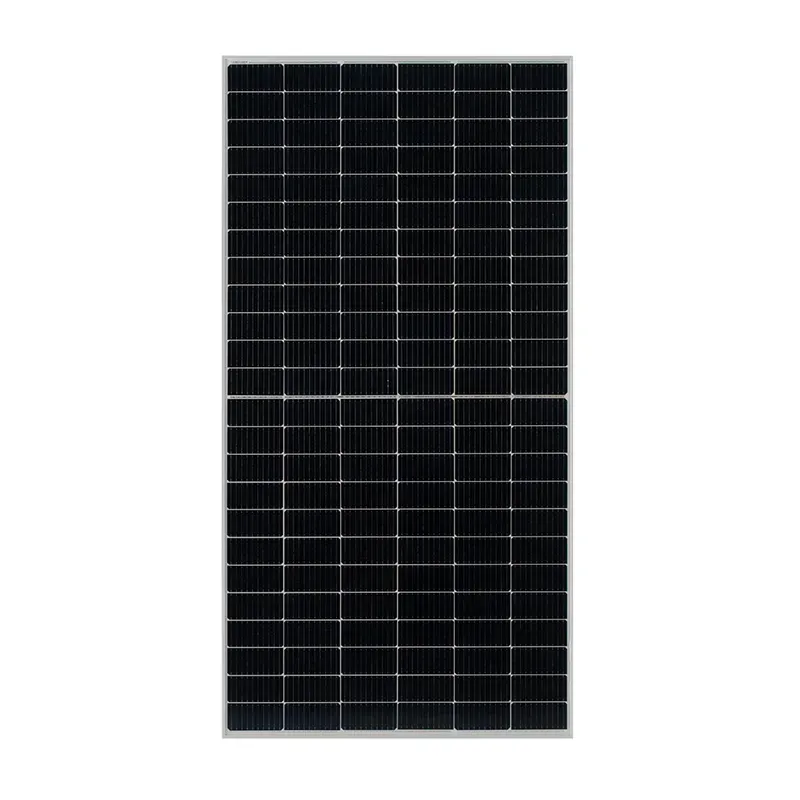efficiency of thin film solar cell
Efficiency of Thin Film Solar Cells
As the world increasingly turns to renewable energy sources, solar power stands out as a frontrunner in sustainable technology. Among the various types of photovoltaic technologies, thin film solar cells have gained significant attention for their unique properties and potential applications. This article delves into the efficiency of thin film solar cells, examining their operational principles, factors affecting efficiency, and the prospects for future improvements.
Understanding Thin Film Solar Cells
Thin film solar cells are made by depositing very thin layers of photovoltaic material onto a substrate, which can be glass, plastic, or metal. The thin layers typically consist of materials like cadmium telluride (CdTe), copper indium gallium selenide (CIGS), or amorphous silicon (a-Si). These materials are known for their versatility and relative ease of production, which allows for the manufacturing of lightweight and flexible solar panels.
The process of thin film deposition leads to several advantages over traditional crystalline silicon solar cells, including lower material costs and the potential for large-scale production. However, the efficiency of thin film solar cells tends to be lower than that of their crystalline counterparts. Current efficiencies for thin film technologies typically range from 10% to 12%, while high-efficiency crystalline silicon cells can exceed 20%.
Factors Affecting Efficiency
1. Material Properties The efficiency of thin film solar cells is significantly influenced by the inherent properties of the materials used. For instance, CdTe cells are known for their efficiency and cost-effectiveness, while CIGS cells tend to show better performance under low light conditions due to their superior absorption characteristics.
2. Layer Thickness The thickness of the photovoltaic layer plays a crucial role in determining efficiency. Thinner layers can reduce material usage and cost, but excessive thinning may hinder the cell's ability to absorb solar energy effectively. Striking the right balance is essential for optimizing energy conversion.
3. Light Absorption Thin film solar cells rely on absorbing sunlight to convert it into electricity. The efficiency of this process can be enhanced by employing specific designs, such as light-trapping structures, which ensure that more light strikes the active layer.
efficiency of thin film solar cell

4. Surface Morphology The surface texture and morphology of the thin film can also impact efficiency. A rough surface may increase light scattering, allowing for better absorption, while a smooth surface might reflect more light, reducing overall effectiveness.
5. Temperature and Environmental Conditions The performance of thin film solar cells can be affected by temperature changes and environmental conditions. Some thin film technologies demonstrate better thermal stability compared to crystalline silicon, which can lead to improved performance in high-temperature settings.
Innovations and Future Prospects
Research and development in thin film solar cell technology are ongoing, with various innovations aimed at enhancing their efficiency. One promising area is the integration of tandem solar cells, where multiple layers of different materials are combined to capture a broader spectrum of sunlight. For example, combining a high-bandgap material on top of a lower bandgap material can significantly improve efficiency, with laboratory tests already achieving efficiencies above 30%.
Moreover, advancements in manufacturing processes are continually reducing costs and improving yields. Techniques such as roll-to-roll processing for flexible substrates have the potential to revolutionize how solar panels are produced, making them more accessible for widespread adoption.
The development of new materials, such as perovskites, which offer high efficiency and low production costs, presents another exciting avenue for enhancing the performance of thin film solar cells. Combining these materials with traditional thin film technologies could lead to breakthroughs in efficiency and commercial viability.
Conclusion
While thin film solar cells currently offer lower efficiency compared to their crystalline counterparts, their lightweight, flexibility, and lower production costs make them a valuable option in the renewable energy landscape. With ongoing innovations in materials and manufacturing processes, the efficiency of thin film solar cells is likely to improve, enabling wider adoption and contributing to a more sustainable energy future. As research continues to push the boundaries of technology, thin film solar cells may play a crucial role in meeting global energy demands.
-
Unlocking Energy Freedom with the Off Grid Solar InverterNewsJun.06,2025
-
Unlock More Solar Power with a High-Efficiency Bifacial Solar PanelNewsJun.06,2025
-
Power Your Future with High-Efficiency Monocrystalline Solar PanelsNewsJun.06,2025
-
Next-Gen Solar Power Starts with Micro Solar InvertersNewsJun.06,2025
-
Harnessing Peak Efficiency with the On Grid Solar InverterNewsJun.06,2025
-
Discover Unmatched Efficiency with the Latest String Solar InverterNewsJun.06,2025







